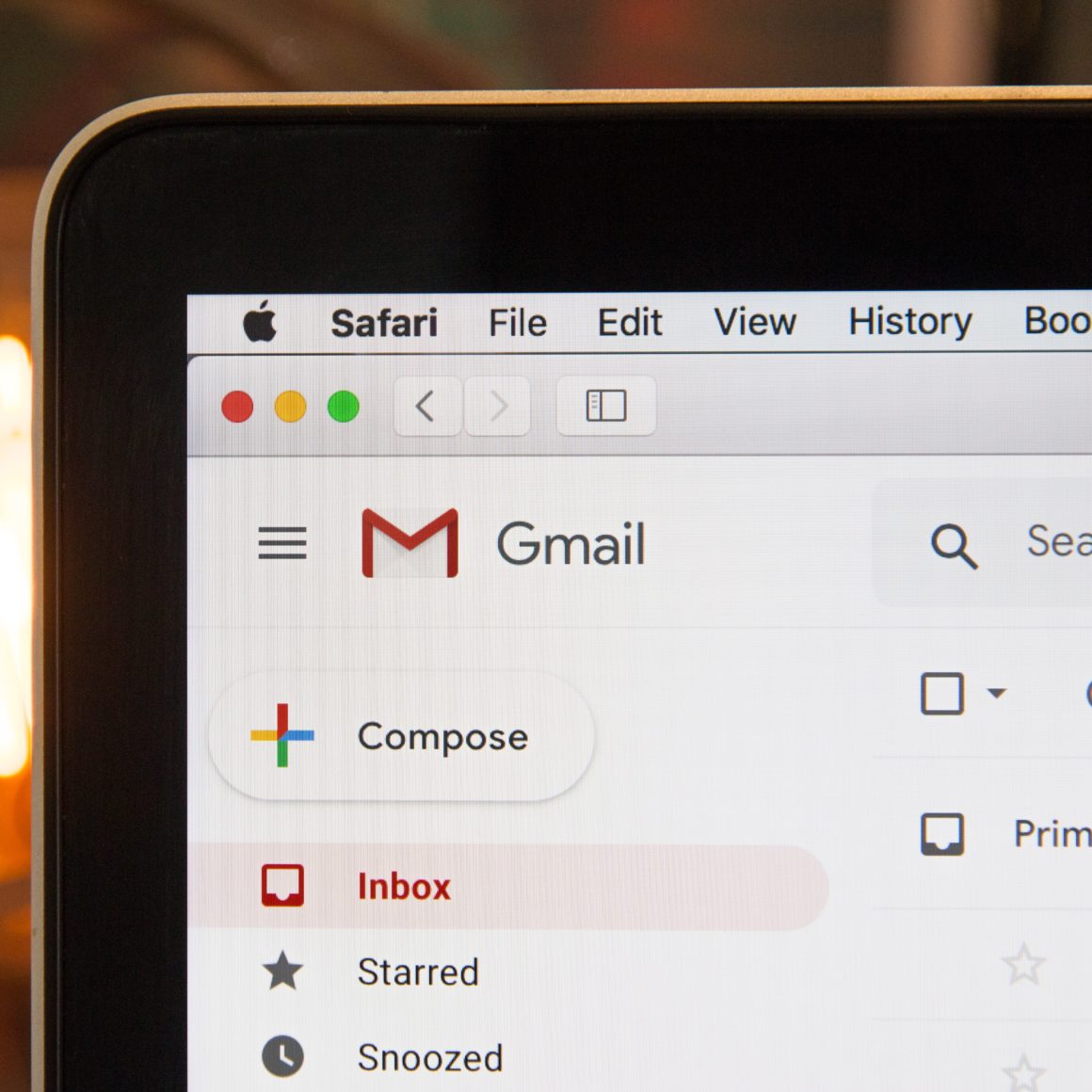
The digital landscape can seem unforgiving—especially if you’re a business owner. You have to make sure your website is attractive and functional. Social media is a constant beast that needs to be tamed. And of course, there are reviews coming in from a plethora of platforms.
We’re here to discuss that last bit with you. While positive reviews can be a great boon for your company when they’re positive, poorly handled negative reviews can have the opposite effect. No company is immune to bad reviews, so it’s important to be prepared to address them.
What You Should (and Shouldn’t) Say
Wording is key when responding to negative feedback. The customer who provided it is likely irritated, so it’s up to you to perfect the balancing act of acknowledging their critique while offering compensation or letting them know their words have been taken to heart.
First of all, don’t dance around the subject. “Grab the bull by the horns,” as they say, and don’t shy away from this feedback. If a customer leaves feedback complaining of an accidentally foul-mouthed plushy, tell them you’re sorry for their poor experience. Assure them that the toy they just gave to their niece wasn’t supposed to start shouting obscenities at her. Offer a refund or store credit, and don’t hide behind made-up excuses. Let them know that this issue will be addressed as quickly as possible, and invite them to keep in contact to maintain a dialogue.
And then there’s what you shouldn’t do…
We’ve all seen those viral responses in which a company goes on the defensive and roasts a customer who may have been too aggressive in their review. While this route may be cathartic in the short term, it will rarely work out in the long run. Instead, be prepared to answer their concerns, but don’t be overprepared. Having a highly templated response that you can just plug some words into can add fuel to a fire. These responses are often easy to see through, and the lack of sincerity is noticed immediately.
Crafting an Effective Response
Hopefully, you’ve chosen to take the high road when responding. Hopefully you’ve put some thought into your response strategy, but what should your response actually say?
Let’s stick with the theoretical foul-mouthed plushy example. You just got a one-star review on Google because, through a programming error, the toy was saying wildly inappropriate things. Your response might look something like this:
“Hi, Melanie. We appreciate you reaching out to let us know the plushy you gifted to your niece was saying things that weren’t appropriate for children. This is not how the toy is intended to function, and we’re already looking into the issue to ensure it doesn’t happen in the future. We would like to offer you a full refund for your troubles. Please contact us directly if you’d like to discuss this further. Thank you for voicing your concerns.”
This is likely a delicate situation, so be sure to double-check your response for spelling, grammar, and professionalism before sending your response.
Don’t Ignore the Positive Reviews
While it’s important to address negative feedback, responding to positive reviews is just as important. A satisfied customer has paid for your product with their hard-earned money, and now they’re taking the time to let you and other potential customers know how happy they are. We’d say that warrants a response. Tell them you’re ecstatic that they loved that plushy, and giving kids joy is why you started your business in the first place! A simple response like that can go a long way towards making a repeat customer.
Conclusion
Hopefully, this detour from your doomscrolling gave you a little more confidence in responding to online reviews. The short and sweet of it is this: Respond to your customers, whether they left a good or bad review. They took the time to provide feedback, and you should let them know it wasn’t for nothing. Engaging them in this way shows them and other users that you’re paying attention to feedback and focusing on the people behind the purchases.
If you need further assistance in managing your online reputation, we’re here to help! Get in touch with us, and we’ll help you level up your digital marketing. And remember…
If you play your cards right, you can turn even the most negative review into a win!








